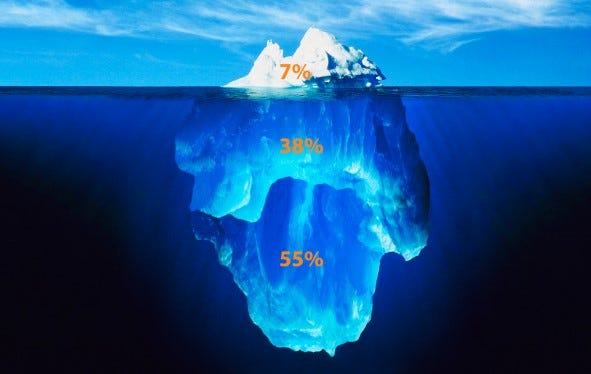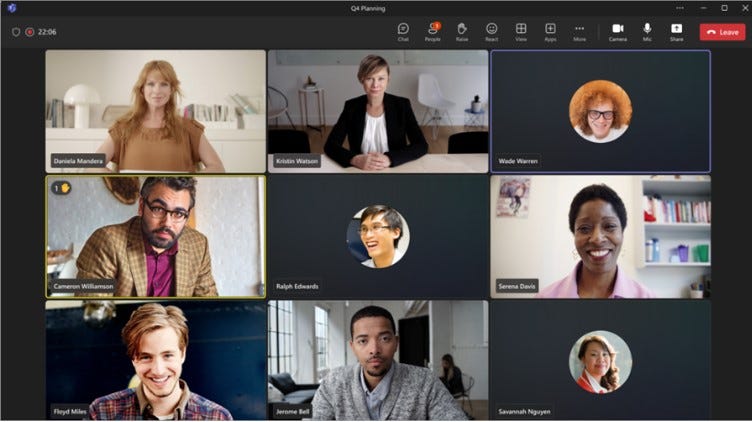Unlocking the Power of Communication in Sales
A Journey into NLP...
You might have noticed my recent absence (or not), and I'm here to shed some light on where I've been and what I've been up to. Over the past few weeks, I've delved into the world of Neuro-Linguistic Programming (NLP), embarking on a fascinating journey as an NLP practitioner in training.
Why NLP, you might wonder? Because it offers invaluable insights into human behavior and communication, insights that are directly applicable to our line of business: selling.
So far, two key principles have stood out to me, principles that have profound implications for sales professionals like us.
Firstly, let's talk about how we communicate. According to NLP, communication is not just about words; it's about tonality and physiology too. Consider this breakdown:
7% words
38% tonality (tone, tempo, timbre, volume)
55% physiology (posture, gesture, facial expression, breathing)
Pause for a moment and think about your recent interactions with colleagues or clients. Were you primarily focused on words, or did you consider tonality and physiology as well? Most likely, it was the words. However, consciously modulating tonality and paying attention to physiology can significantly increase the effectiveness of our communication, making it more engaging and persuasive.
For example, in virtual meetings, turning on your camera and inviting others to do the same can enhance engagement and rapport. It's akin to maintaining eye contact in face-to-face conversations; it fosters a sense of connection and attentiveness.
Secondly, NLP teaches us that people have different representation systems—some are visual, some auditory, and others kinesthetic. This means that a one-size-fits-all approach to sales presentations may not resonate with everyone. By incorporating visual, auditory, and kinesthetic elements into our pitches, we can better connect with diverse audiences and increase our chances of success.
Now, let's talk practicality. Here are some actionable tips:
Experiment with your tonality during conversations and presentations. Notice how it affects engagement and response.
Tailor your pitch to appeal to different representation systems. Use visuals, storytelling, and hands-on demonstrations to cater to varied preferences.
But let's not overlook the ultimate goal: building rapport. Sales interactions shouldn't be monologues; they should be dialogues, conversations where both parties are equally engaged. By being attuned to our counterpart's communication preferences and adapting accordingly, we can establish genuine connections and drive meaningful outcomes. This is where quality prevails over quantity. No need to “quantitatively” deliver your pitch from one customer to another if you are not “in it”.
In conclusion, remember that effective salesmanship is not just about what you say; it's about how you say it and how you connect with your audience. Taking into consideration that the more complex the solution you provide, the more people you will interact with within your customer organization. It is essential to keep this in mind. At the end, did we not say earlier that our animal totem was the “octopus”?



Hmm I don't understand the breakdown (7%,38%,55%), what was the question asked to get that result?